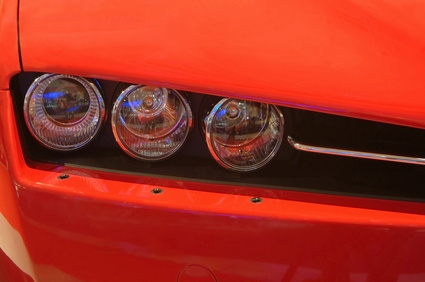
Xenon headlights, known in the automotive world as High Intensity Discharge headlamps, consist of a glass tube filled with xenon gas. LED headlights have a series of semiconductors, called light emitting diodes, which produces light.
To produce light, Xenon headlamps charge gas inside the glass tube with a high voltage. The voltage ignites the gas, causing it to give off a slightly blue tinted light. LED headlights consist of many diodes connected together, illuminating simultaneously as electricity is applied to them.
Xenon headlamps radiate a very bright light, which can cause dangerous glare to oncoming traffic. This makes aiming xenon headlights critical. LED lights produce light that is less intense, making the angle the headlamps are installed at less critical.
The light emitted from LED headlights does not create heat; however, heat is created from the electrical connection, which can be damaging to other parts of the headlamp assembly. This causes some automakers to avoid using LED technology to make headlights. Xenon headlights do not produce substantial amounts of heat.
Xenon headlamps contain a breakable glass tube. LED lights are designed with an epoxy resin, which is nearly indestructible.